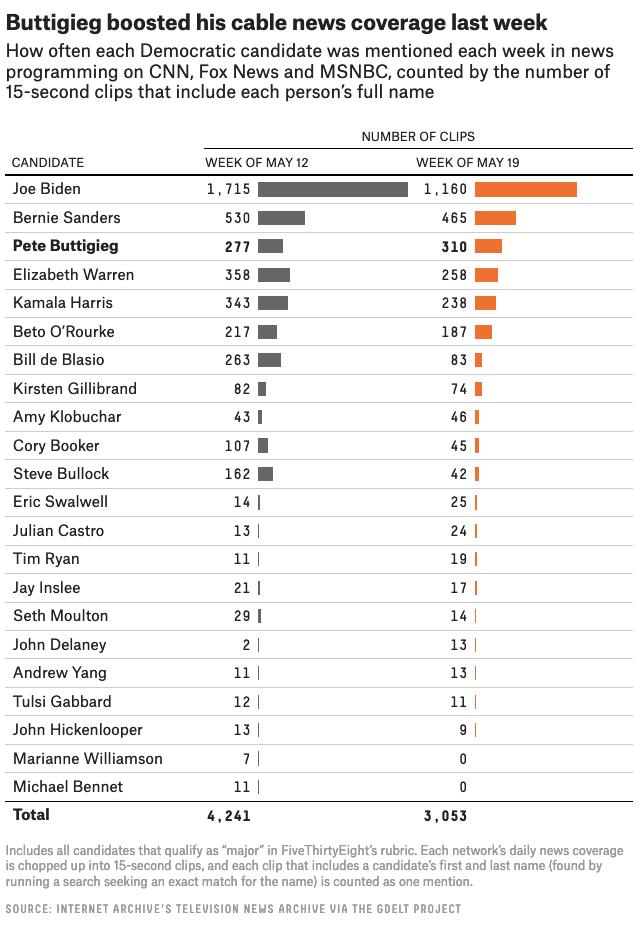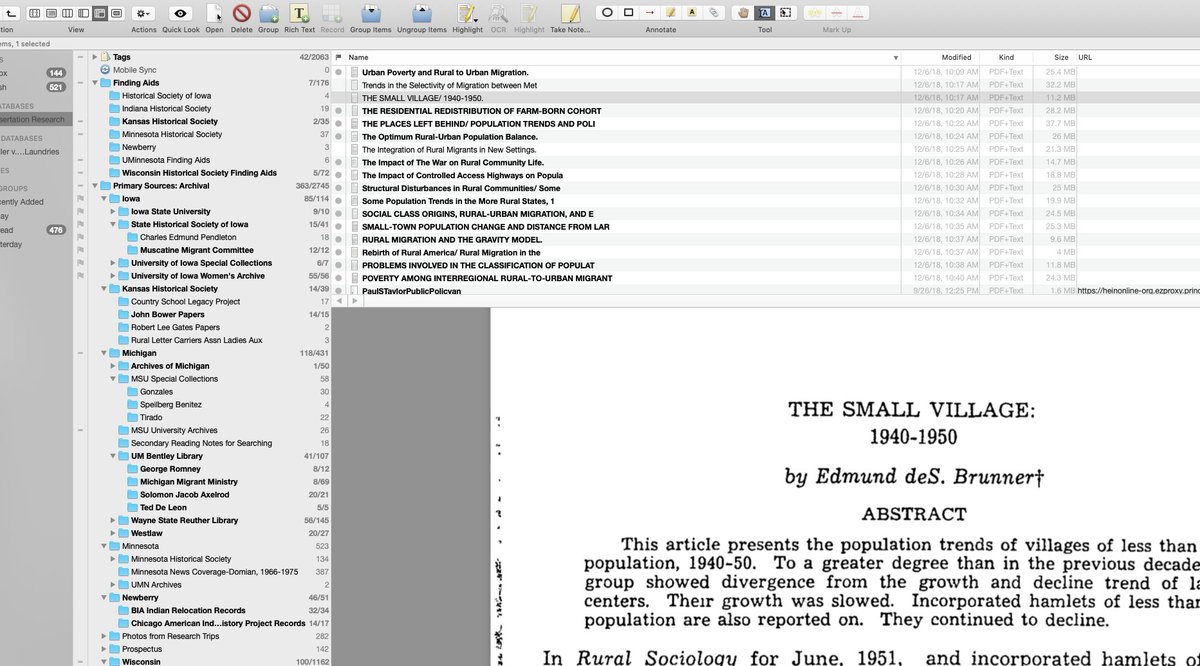For the analyses in the article, this matters. But it isn't the biggest problem with the article - or even the biggest problem with using Gini this way.
For online dating specifically, it's worse.
Let's ignore this for a bit to point out a different problem. Pretend everyone's "hotness" can be ranked 0-5, and that's all that matters to anyone.
What's the cause? It's a structural problem with @Tinder and similar apps, not a fundamental attribute of human sexual attractiveness.
This survey asked people about how attractive the opposite gender is, using integers on a scale of 0-5, with an option for 2.5 for average.
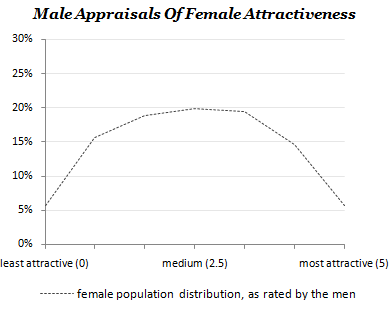
How unfair is this? I used the data to compute Geni indexes for a 200 simulated users - it's 27% for women, 42% for men.
But these are computed values for likes, not attractiveness, and are far lower than our example of "4"s and "3"s. Why?
Well, yes, except...
The article missed that point, but the cited analysis clearly admits that "this is the biggest flaw in this analysis."
But the data is discussing Tinder likes, not attractiveness. Maybe despite personal differences in attractiveness, likes are unevenly given? Maybe women only "like" the 8-9% of above average men?
What about men? Men are clearly shallower, and send 17% of likes to the 6% of women who are 5s.
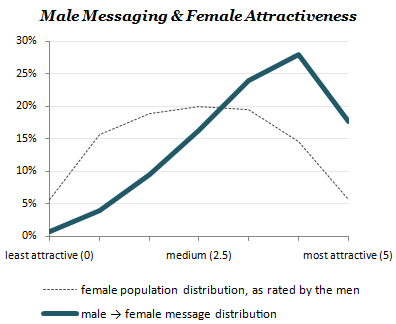
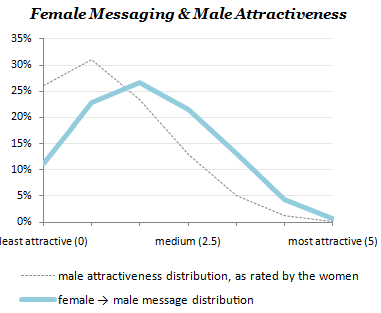
Maybe it does. Or maybe, as @JordanPeterson might say, these men "need to grow the hell up" instead of being bitter about getting rejected on Tinder.
(But I don't care.)
If not likes, what should we measure? If we care about inequality in access to sex, as the article thinks it was measuring, number of partners makes more sense - but they didn't look for that data.
(But again, I don't care - I'm just asking about methodology. )
This is completely missing in both the article and from the analyses.
Blame whatever you'd like, but stop promoting analysis like this that poisons the epistemological commons.

